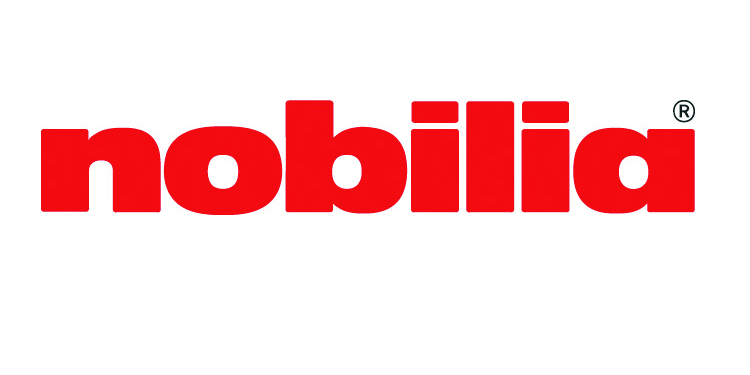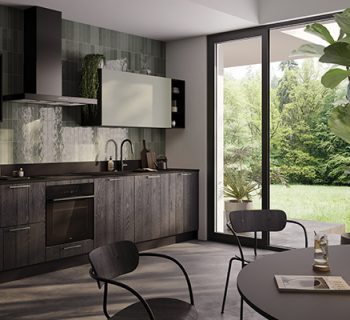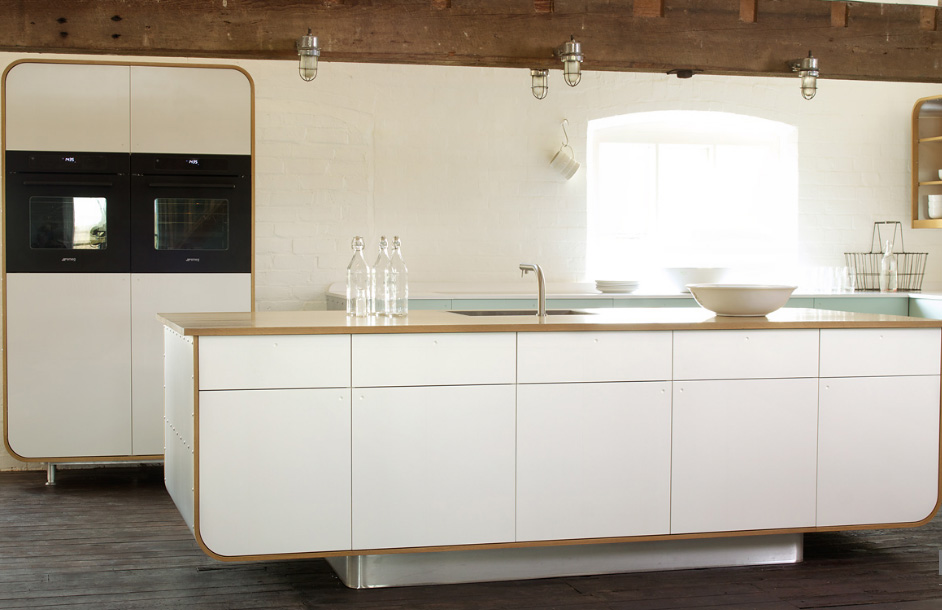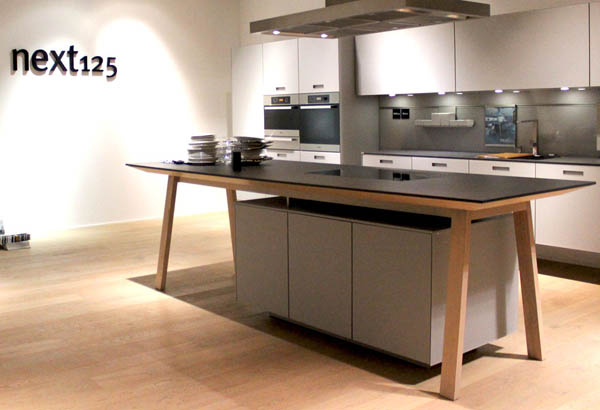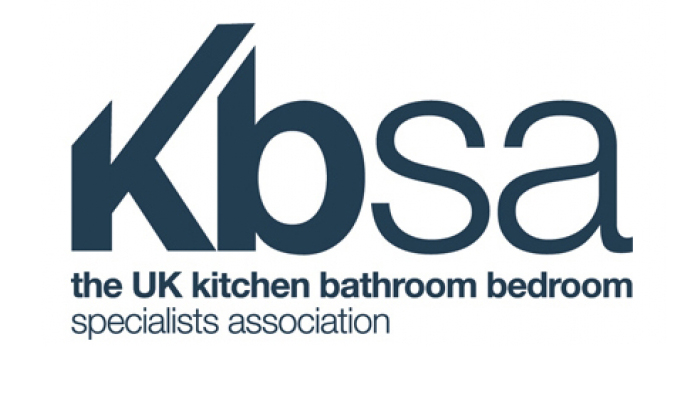When kitchen-compare.com was launched last summer it immediately caused an industry furore, but is it a sign of things to come? Andrew Davies met commercial director Steve Collinge
When Steve Collinge (pictured) appeared at the kbbreview Kitchen Conference last year to explain his new website kitchen compare.com, he was met with, at best, a mixed reaction.
Some said the existence of any kind of price comparison site for the kitchen industry would be nothing but incredibly damaging, while others said they would be happy to compare their prices to the handful of multiples that populated the site. Several delegates chastised this magazine for even allowing him in the room.
Collinge was unfazed, however. His basic argument that there is a significant consumer audience out there hungry for information on buying a kitchen is a sound one, he says, and the industry has simply failed to provide it. Purchasing a kitchen is a confusing and mystifying process not helped by the seemingly endless discounts and promotions offered by multiples.
The immediate, and not unreasonable, counter-argument was that kitchen-compare.com vastly oversimplified the situation and failed to compare like with like in terms of product quality and specification. At launch, it also only featured three retailers – B&Q, Homebase and Wickes – and so its stated aims of demystifying the process for consumers was itself very limited. It has since added Magnet, Ikea and, most recently, John Lewis to the site.
The other significant criticism is that simply comparing published price lists is a skew-whiff view of a purchase that has other crucial elements, such as customer service, design and, of course, installation included.
Collinge, however, is unrepentant in his belief in the principle and he’s happy to set himself up as consumer champion rather than friend to the industry. This was underlined by the launch of bathroomcompare.com at the end of last year, mirroring the aims and objectives of the kitchen site with B&Q, Bathstore, Homebase and Wickes and more retailers – including online only ones – in the pipeline.
Collinge shares the opinion that the internet has become the first point of research for shoppers, whether that’s big-ticket items or not, and says he is simply attempting to answer that need. The figures would seem to back him up, with more than 60,000 kitchen comparisons since its launch.
“There’s a bit of smoke and mirrors going on in the industry,” he says. “It’s a hugely complex area for consumers to navigate through, and you’ve got a massive choice. Add to that the fact that consumers are only buying a kitchen or bathroom twice in their life, so they don’t understand the terminology or where to start their shopping journey. Therefore, a website that can help them in terms of range, design and price is really helpful.”
Plus, he insists, they’re only using information that consumers could collate for themselves if they put in the work. “It’s always public information, but it’s hard to find and it’s difficult to build up to a complete project. So, we’re trying to provide consumers with all the information in one place. We’re cutting through it all, and saying here’s a whole range of styles in one place, and, if you find one or two you like, we can tell you who’s the most competitive from these national retailers. But it’s not a quotation, it’s an indication of the designs, styles, and prices in the market-place, and that’s where it stops.”
But how about the argument that simply listing prices does not take other elements of the offer into account?
“With bathroomcompare.com we launched features that we’re retrospectively introducing to kitchen-compare.com,” he says. “We have an element called ‘Retailer Services’, which explains everything from how many showrooms there are right through to whether they’re members of any Ombudsman schemes and what insurance options are in place. That gives wider information to consider alongside the price.
“It must be said that digging out this information has taken weeks, and we’ve actually had to go back to the retailers and ask them to provide it to us, so it shows how difficult it is for the consumer to find out. We’ve also worked with them where possible, so they’ve said to us that it’s really important to distinguish between assembled units and flat pack and our response was ‘yes, you’re absolutely right’. So, it’s now highlighted and explained to consumers what it means.”
While the retailers do not choose or pay to be featured on the site, they can, however, choose to purchase additional reports that examine the differing pricing strategies of their rivals.
B&Q very publicly embraced the idea of the sites after it saw that it frequently came out cheapest and featured it heavily in its marketing. It also commissioned a report from kitchen-compare.com that, it says, exposes the yo-yo pricing tactics of some of its rivals – putting prices up before Christmas so they can be discounted in January (see news). A policy, it must be said, B&Q has only recently abandoned.
Homebase also admitted to bringing forward the introduction of its new entry-level Essentials range of kitchens because of B&Q’s promotion of its performance on kitchen-compare.com.
But, for Collinge, this isn’t the start of the price war that many predicted. For him, this is about transparency of price and if it exposes practices that, shall we say, consumers may not appreciate, then the overall sale package becomes more important. However, value is still at the heart of any purchasing decision he believes.
“Things have changed for retailers quite significantly in a relatively short period of time,” he says. “There was a time when you were either a low-cost, high-volume retailer, or you were a higher cost retailer with lots of service attached. Those two things are merging together now and you have to be lowest cost and you still have to deliver the service. If you’re sitting at the top end thinking ‘I’ve got a different service proposition, so I’ll be fine’, it’s a dangerous place to be.”
The above aeticle is from Kbbreview, published by Taylist Media Ltd
Kbbreview has been the leading business magazine for the kitchens, bedrooms and bathrooms sector for over 25 years. Written for the independent retailer, it is also read by manufacturers, distributors, suppliers, architects and designers.
It focuses on news, features, advice, profiles and products and is the key source of information within this exciting and wide industry.
It is not available on the shops, but you can click here to get it delivered to your door every month.
Kitchens Kitchens take on the article
As we commented back in August 2012 with news that Kitchen Compare.comwas launching, there was very little in the way of the amount of kitchens and kitchen companies being `compared` and we at Kitchens Kitchens speculated that the site would eventually change to a lead generation site for those kitchen brands it `compared` much the same as is common in the insurance and financial products sector, with the comparison site getting a commission for doing so.
In the end, comparison sites don’t really care for the quality of the product on offer so their `consumer champion` badges and claims should be taken with a pinch of salt as once commissions are involved, who is to say that one good brand gets dropped in favour of a poor brand, only because said poor brand offers more commission?
Whilst this isn’t in practice at Kitchen-Compare.com, as other than advertising, the site is yet to be properly monitised, one thing that is still true today as when we reported on the site nearly a year ago, is the lack of kitchens on offer.
Whilst the three brands has grown to six, from Wickes, Homebase and B&Q to now include Ikea, Magnet and John Lewis, these are all big multiples, and chain stores that sell in the main, assembled flat-pack kitchens, or just flat-packed kitchens.
Whilst Homebase kitchens are part of the mix, the re-branded Nobilia kitchens are not on offer, (ie Odina kitchens) but Homebase`s more basic flat-pack offering and as such, this just `compares` a tiny tiny section of the kitchen industry.
Kitchen Compare.com`s Steve Collinge says that:
“Things have changed for retailers quite significantly.... .There was a time when you were either a low-cost, high-volume retailer, or you were a higher cost retailer with lots of service attached. Those two things are merging together now and you have to be lowest cost and you still have to deliver the service. If you’re sitting at the top end thinking ‘I’ve got a different service proposition, so I’ll be fine’, it’s a dangerous place to be.”
Somehow I cant see the likes of Smallbone, Mark Wilkinson, or Plain English Kitchens sitting there thinking “hmm, Homebase offer good customer service and are cheaper than us, so lets sell our £40,000+ bespoke kitchens at the same price as a Homebase flat-packed kitchen” anymore than Bentley are sitting there thinking they should sell their 2-door Continental GT soft-top for £125,00 less so as to `compare` with a Nissan C+C.
 (the above cars maybe £125,000 apart in terms of value, but if Nissan offers good service, Bentley are in a "dangerous place" ha ha ha..)
(the above cars maybe £125,000 apart in terms of value, but if Nissan offers good service, Bentley are in a "dangerous place" ha ha ha..)
I`m sure Nissan offer great customer service but Kitchen-Compares argument, akin to Bentley (sitting at the top over Nissan) being in a “dangerous place” is laughable!
Granted the likes of Bettaliving, or others who sell assembled flat-packed kitchens can be compared (and are in a dangerous place) but the kitchen industry has all manners of brands and levels of quality and flat pack is not up there with Smallbone or Plain English anymore than a Nissan C+C is with a Bentley Continental GT, or the many many layers between premium and bargain basement.
